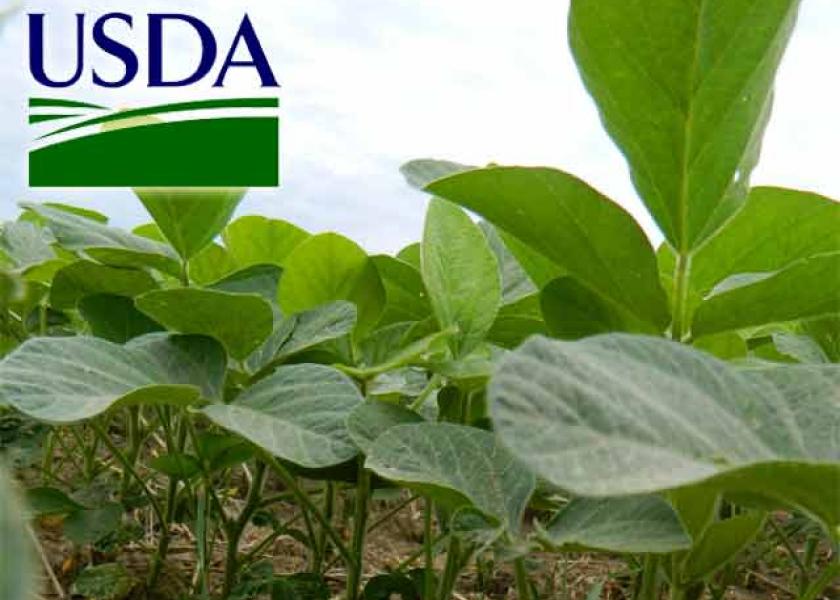Here's Why USDA's 65-Million-Bushel Cut to Soybean Exports is Stirring Debate

The July World Agricultural Supply and Demand Estimates (WASDE) report from USDA shows while soybean production is expected to fall due to fewer soybean acres planted across the U.S., soybean exports could also slide.
The latest report indicates U.S. soybean production will fall 135 million bushels this year to 4.5 billion bushels. The reduction is partially due to USDA’s June acreage report showing fewer soybean acres across the U.S., with the latest forecast falling to 87.5 million planted acres this year. USDA didn’t touch its soybean yield estimate in July.
The latest look at soybean demand shows a 10 million bushel reduction in soybean crush and soybean exports were cut by 65 million bushels. USDA's report said the export revision was largely due to lower U.S. supplies. The sharp reduction to soybean exports did raise questions by market analysts.
"I think one of the things that the USDA was forced in a corner to do was cut the demand for new crop soybeans, because of the acreage number that we got in June," says Brian Splitt of AgMarket.Net. "They had to put that into the balance sheet on this report. And in doing so, that reduced production substantially."
Splitt thinks in order for USDA to offset the loss or production due to the lower planted acres, USDA needed to reduce old crop stocks, take soybean crush demand lower, as well as trim the soybean export forecast.
"They reduced the new crop export outlook by 65 million bushels, which is questionable while we're in the midst of a very aggressive front end loaded bean programmed right now," he adds. "Now, you could say that the justification for that could be the fact that we're concerned about China, we're concerned about not only the domestic economy, but the world economy. But at least with the evidence that we have in front of us right now, and with the export pace that we have, it looks like maybe this was more of a step so that we'd have a bit of a buffer."
Splitt says now it's weather that will play a very important factor in the markets as we enter August.
"If we see weather go south as we go into really the main time frame when we're determining soybean yield, we could cut a bushel off of bean production, take 80 million bushels off of the the production and still be left with a carry out that is larger than pipeline," adds Splitt. "And I would suggest that if we do see further yield revisions lower in soybeans, you're probably going to see the USDA further cut demand to help buffer that reduction."
USDA showed an increased in South American supplies. USDA bumped Argentina’s crop up to 44 million metric tons (mmt), but left Brazil’s crop production forecast unchanged.







